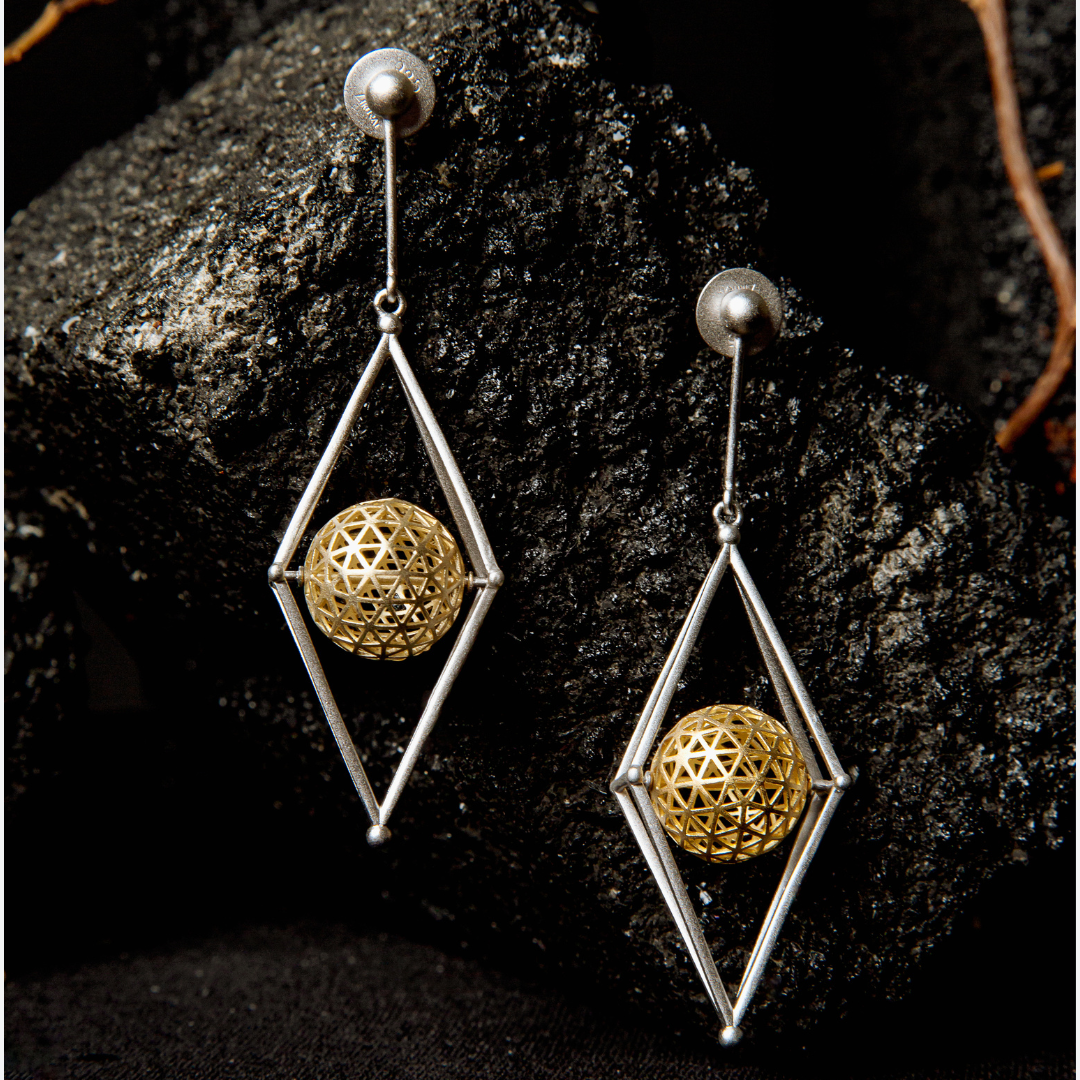By Aisha Hassan on November 18th, 2021
Drawing you in
When Jaime started a jewelry brand, she wanted to “intrigue, inspire, and create interest,” she says. By capturing these many ins within square parentheses — [in]trigue — she not only emphasized this intention, but added an architectural element to her brand’s name. And Jaime’s own work as an architect is intrinsic to [in]trigue.
“I look at jewelry design as I would look at designing a building,” she says. “Architecture and jewelry actually share similar principles, which is function and design or aesthetics.”
For Jaime, functionality expresses itself through versatility, which is a quality she aims to imbue into [in]trigue pieces. “I want to create jewelry that can bring you from day to night, office to out of office, weekdays to weekends,” she says. “I generally opt for geometric forms, but soften it with thoughtful details like the placement of pearls, or the curve of the ring shanks, for example.”
Creating vision
Jaime is also mindful about how each component of [in]trigue jewelry pieces matches the concept of a collection. For instance, the Pharaoh Collection “is inspired by the great women in power in Ancient Egypt, like Nefertiti or Cleopatra.” Throughout the collection, in pieces like the Pharoah Multi Ring or Necklace, Jaime intentionally sourced stones that were prominent during ancient Egyptian times, such as Lapiz Lazuli, Turquoise, and Carnelian. The bold silhouettes and bright colors of these pieces also speak to what the collection aims to embody, which is that “we, as women, should not underestimate our power.”
Executing these designs is not an easy process. Like in architecture, Jaime firstly uses 3D modelling to visualize and adjust even the smallest detail before creating anything. “This saves material wastage from the trial and error of prototypes,” she says. The 3D renderings are then printed in wax, which are used to make the jewelry mold. Then “the casting is done by hand, after which the casted jewelry pieces will be hand-sanded, plated, and polished, before stones, if any, will be set,” Jaime explains. All [in]trigue pieces are made by two Singaporean artisans, a couple whom Jaime met who had a passion for silversmithing. “It was a great fit,” she says.
Telling a story
The intentionality in both the creative and production process is what makes [in]trigue pieces meaningful and compelling to look at. Even the Voyage Collection, where pearls nestle against gold and silver silhouettes in unusual ways, conveys a message through its aesthetics. “The collection is designed with pearls placed at unexpected places, which signifies that you can be confident to try something new, something different,” Jaime says.
This feeling — to be confident and unique — is ultimately what [in]trigue is about, and indeed an intriguing, inspiring, and interesting trait in any character. “I hope to bring these ideals into the stories behind my designs,” Jaime says.
ABOUT THE AUTHOR
Aisha Hassan is a writer, journalist, and co-founder of Dia. Previously, Aisha worked for Quartz in New York and Harper’s Bazaar in Malaysia. Her fiction has been published in international literary magazines. She has a bachelor’s degree in English Language & Literature from the University of Oxford, and a master’s degree from Columbia’s Graduate School of Journalism.

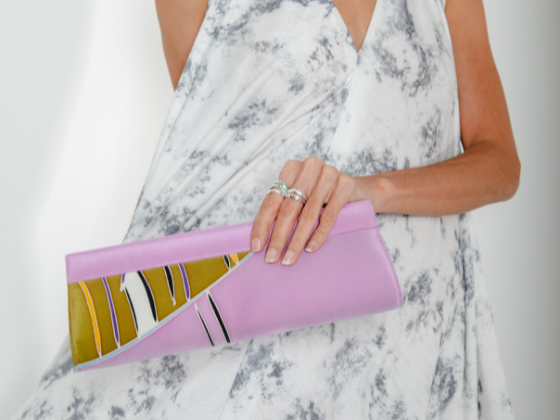
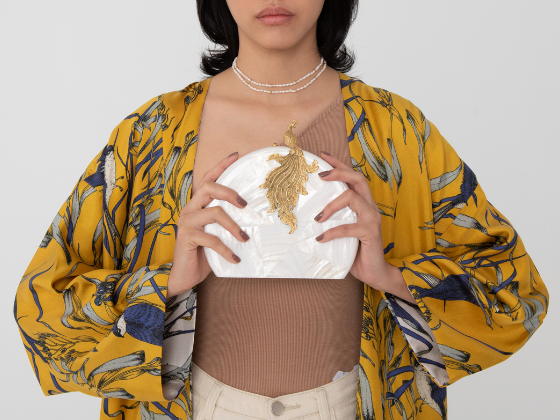


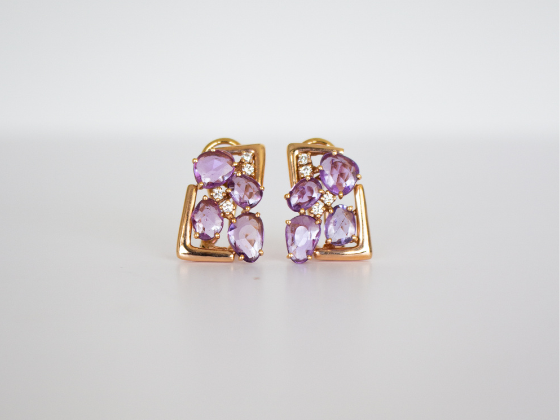
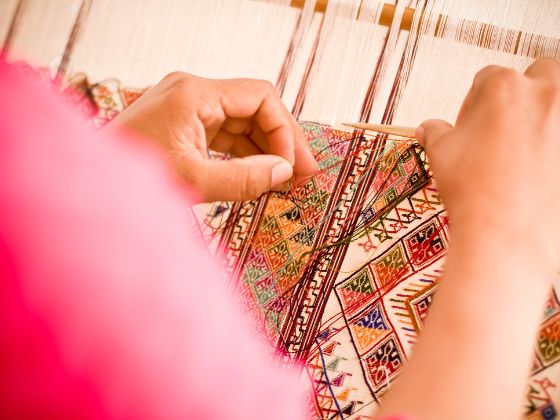

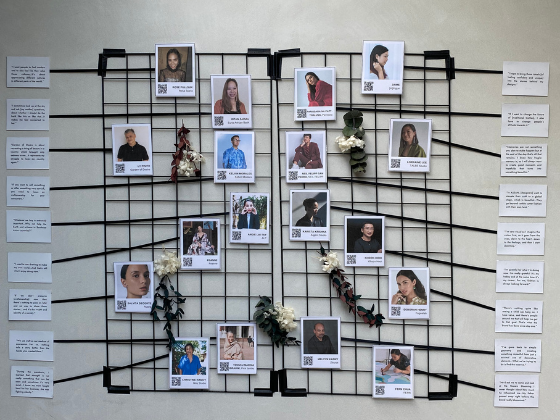
![How [in]trigue’s Architectural Roots Creates Jewelry That Empowers](http://diaguild.com/cdn/shop/articles/Stories-thumbnail_ALL_39.png?v=1657635444&width=1500)

